News
News list
-
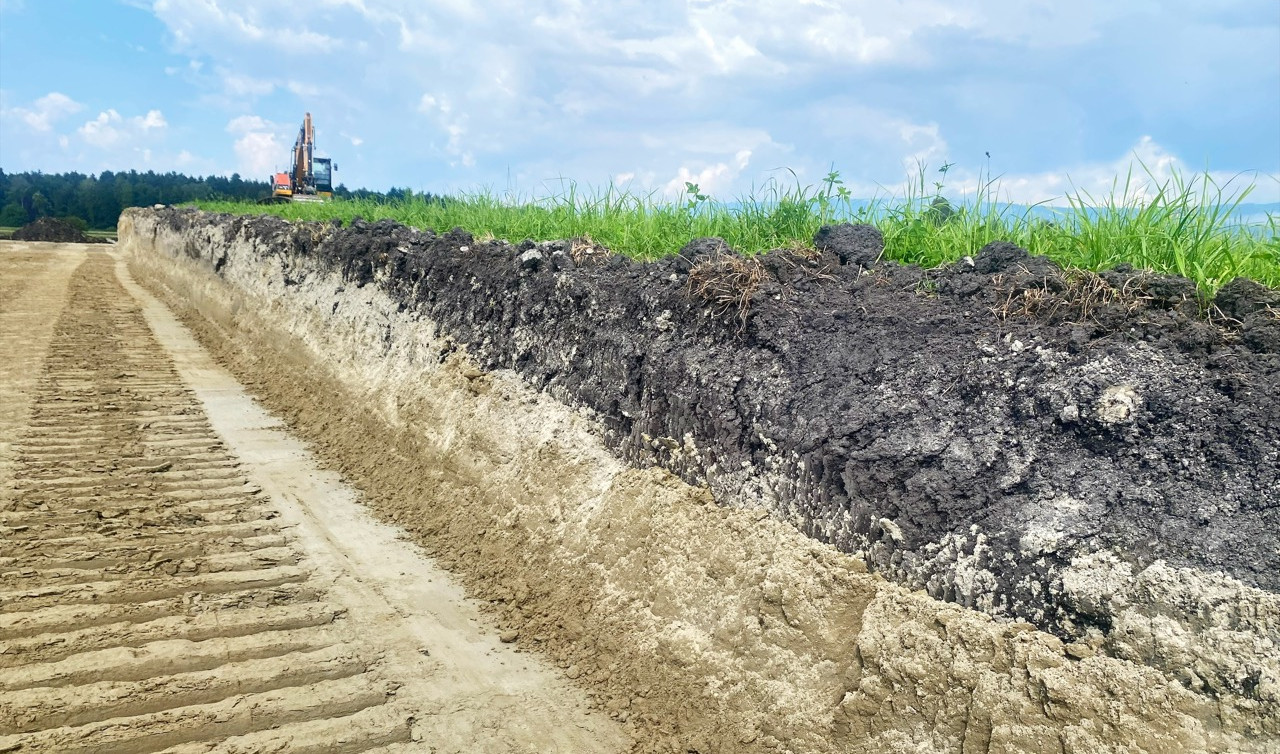
Jura-Gewässerkorrektion: Boden-Aufschüttungen bremsen die Zersetzung des Moorbodens
Die Juragewässerkorrektion hat das Seeland zum Gemüsegarten gemacht. Sie hat allerdings auch zur massiven Absackung des Bodens geführt. Ob Aufschüttungen den Abbau des Moorbodens reduzieren können, untersucht ein Forschungsteam um Markus Egli an 10 Standorten.
-
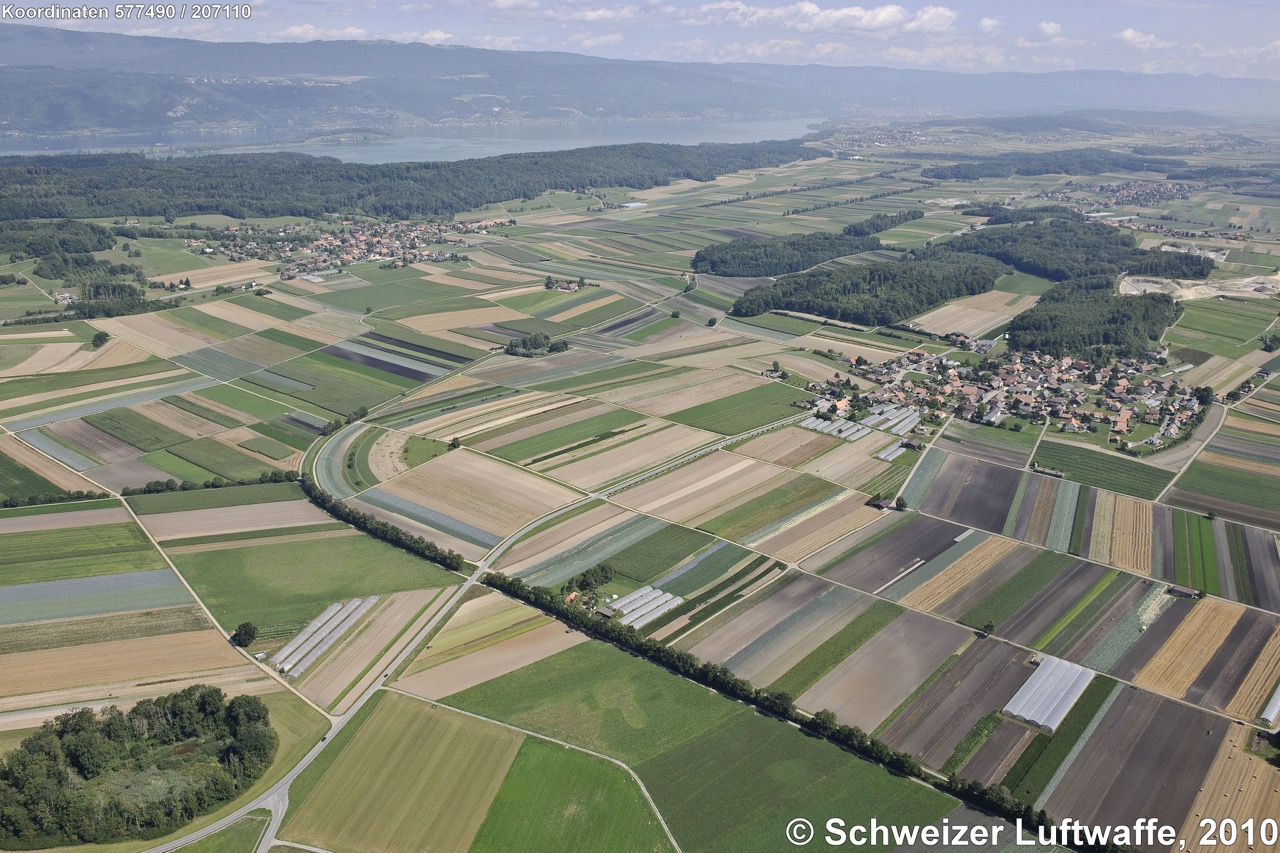
Das Berner Seeland versinkt
Der Boden im Grossen Moos ist in den letzten 100 Jahren um bis zu 2.4 Meter gesunken. Dies zeigt die Digitalisierung von über 44'000 Messpunkten einer zufällig gefundenen Karte aus dem Jahr 1920. Die Studierenden des Moduls GEO 401 konnten so ein historisches Oberflächenmodell erstellen und mit den aktuellen Daten von Swisstopo vergleichen.
-

Can trees predict volcanic eruptions?
Trees near a fissure through which a magma eruption will later occur use water and carbon from the depths of the volcano. And they accelerate their growth during this phase. An international research team led by Markus Egli and Paolo Cherubini (WSL) was able to prove this by analysing the annual rings and with the help of infrared satellite images on Mount Etna in Sicily.
-
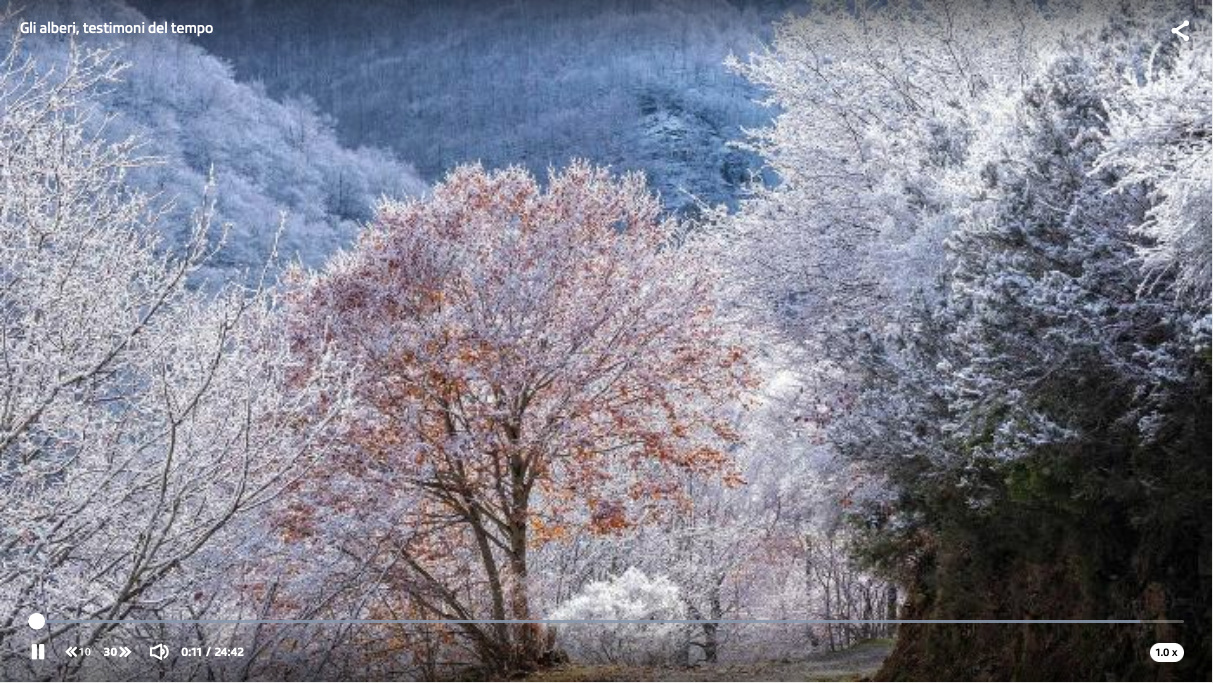
Trees as witnesses of time
Trees can deposit pollutants in their tissues over decades and centuries, becoming witnesses to environmental pollution. In an interview with RSI, Paula Ballikaya and Paolo Cherubini explain what dendrochronology tells us about the environment and human history.
-
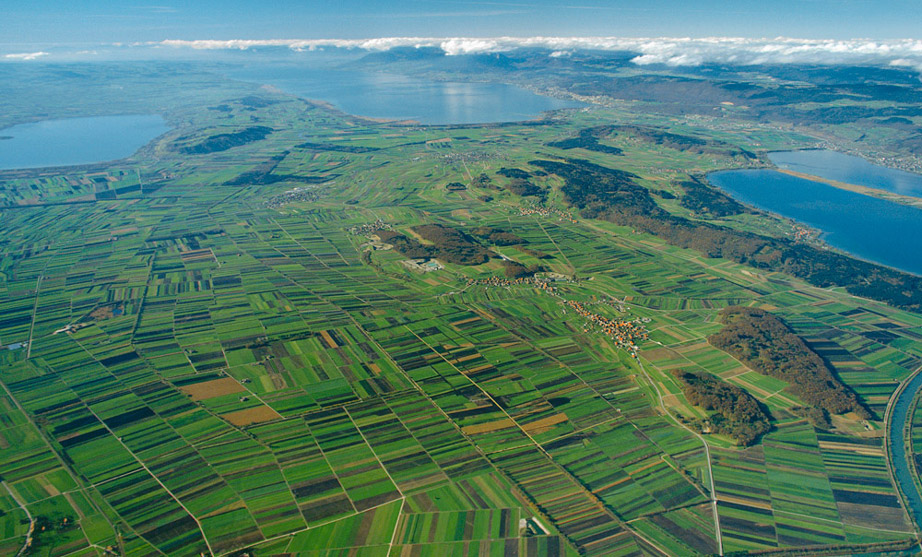
#61: Berner Seeland - quo vadis?
Das Berner Seeland ist die «Gemüsekammer» der Schweiz. Die Moorböden, das Wassermanagement und die landwirtschaftliche Nutzung stehen jedoch im Spannungsfeld zwischen Produktivität und Nachhaltigkeit.
-
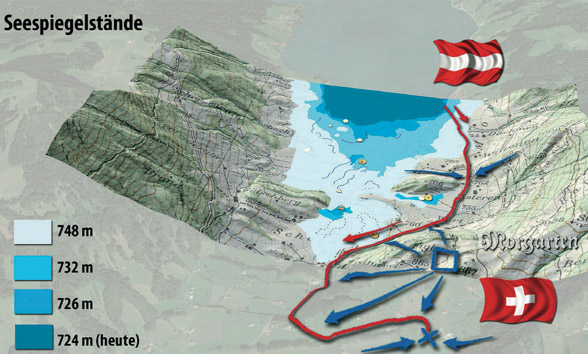
#55: Schlacht am Morgarten 1315: Wie sah die Landschaft damals aus?
Die Schlacht wurde angeblich entscheidend von der Landschaft geprägt. Doch wie sah es rund um den Ägerisee damals aus? Ein integratives Projekt von Geographie-Studierenden ging im Jahr 2014 dieser Frage nach.
-

Ice on a stick in soil research
Fertile soils are one of the foundations of life on earth. According to the United Nations, one third has already been lost. Researchers at the Department of Geography have now used a new method to decipher the temporal variations in soil erosion and regeneration over the last 100,000 years in the Sila highlands of southern Italy.